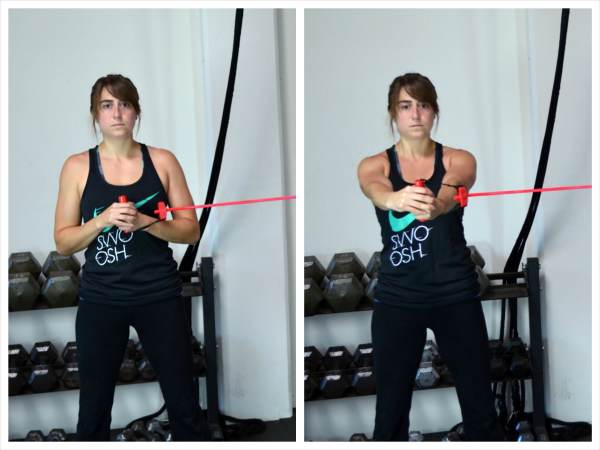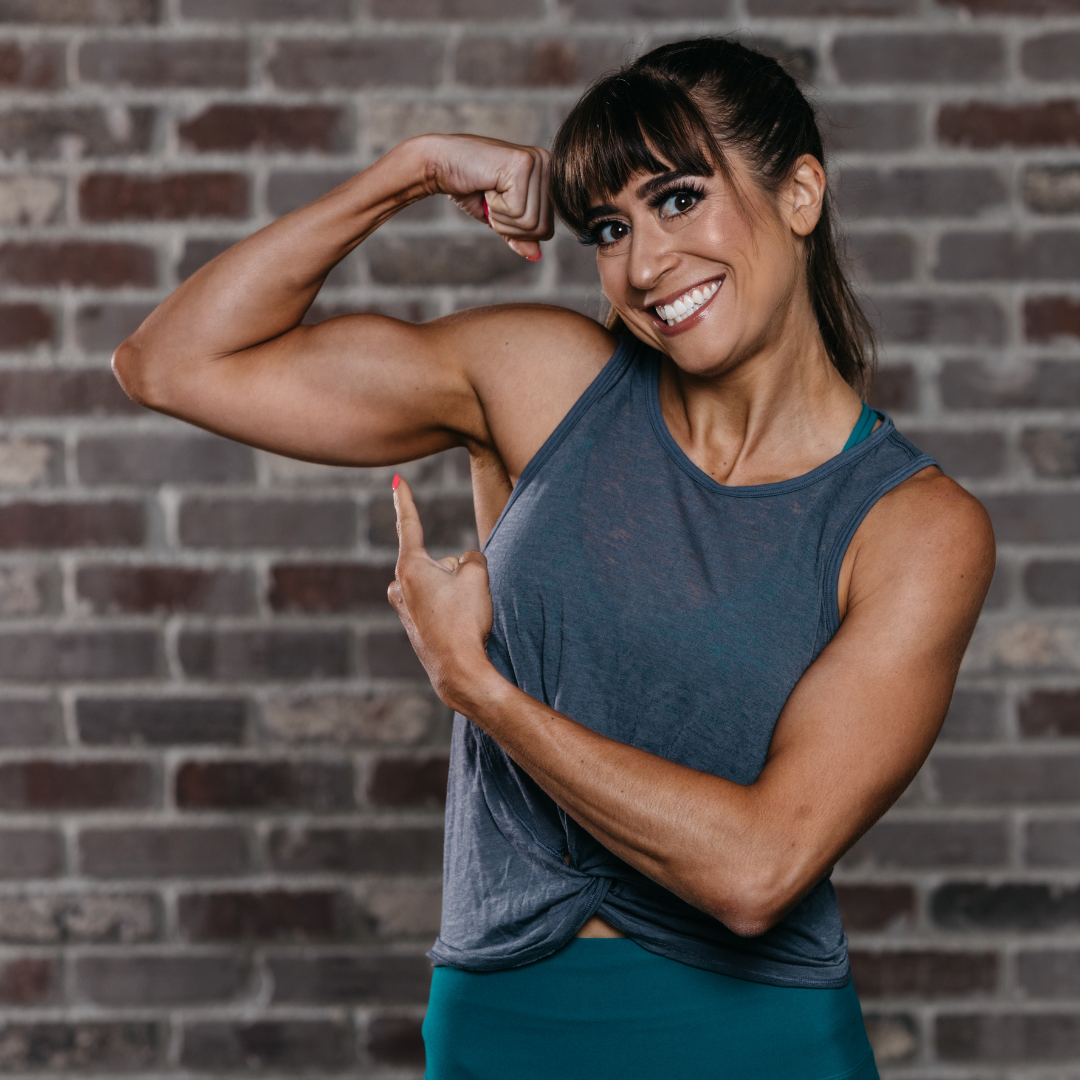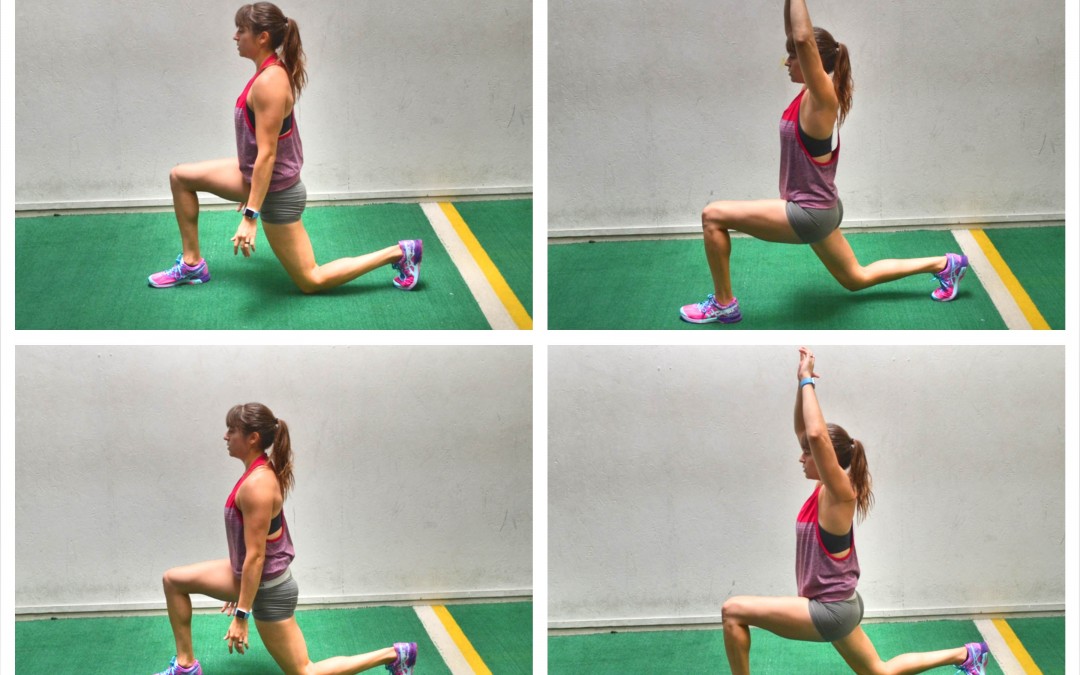

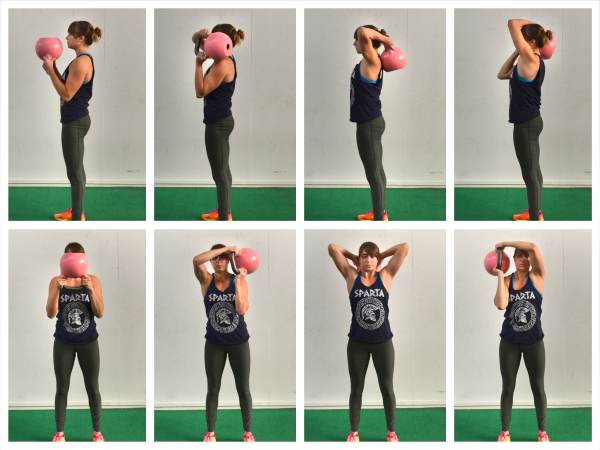
The Improve Your Shoulder Stability Workout
This content is for members only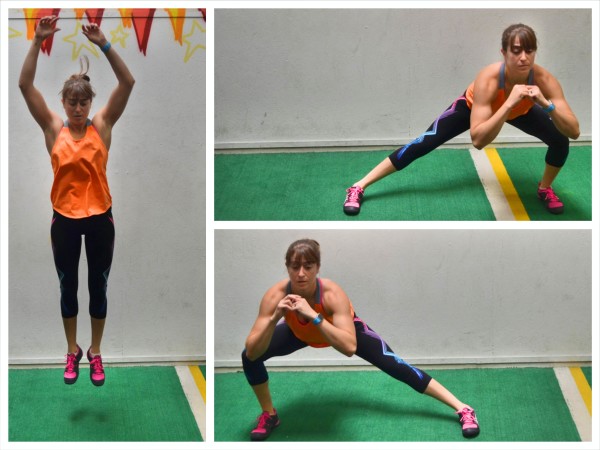
The 20-Minute Metabolic Blast
This content is for members only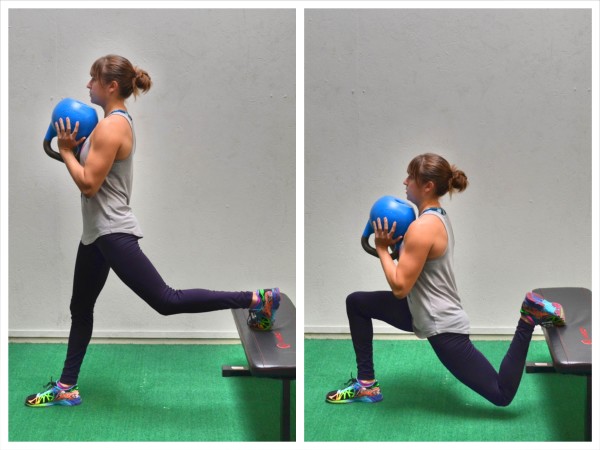
The Squat/Press 5 Minute Circuits
This content is for members only